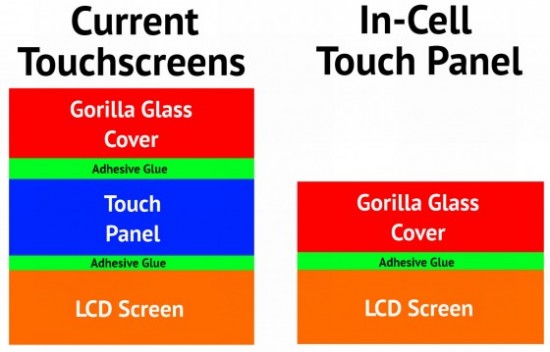Apple to use Touch-On-Display tech for next iPhone, ends scrolling glitches

With the iPhone 5, Apple introduced the in-cell display technology. This not only reduces light refraction, but helps manufacturers make their devices thinner. While this display method is great in some respects, it doesn’t come without its share of problems; most notably slowing response time of the display. According to a new report, Apple will switch the display technology used in their devices, turning to the new Touch-On-Display.
Before you start ranting, let me tell you that for the vast majority of us this glitch won’t be a problem; it’s likely that you’d never (or wouldn’t) even notice it. The only real way to notice it is moving your finger rapidly, diagonally over the display, it will drop out and become unresponsive. While no one can definitively say this is a hardware issue, it’s looking to be so. Have a look:
In order to fix this, The China Times is reporting that Apple will jump ship to the Touch-On-Display panels for future iPhone models, and has already teamed up with Chimei Innolux to do so. Apple has already begun testing these new displays, as Chimei Innolux transforms their 4.5G line to a supply line for touch panels. Also a breath of fresh air, China Times notes that this Touch-On-Display technology won’t make the display any thicker.
You may be thinking, “doesn’t this contradict earlier reports we’ve heard?” Not quite. Yes previous reports (as early as last week) stated Apple would be using Sharp’s IGZO display panel in future iDevices, but Sharp has supposedly licensed Chimei Innolux to produce/use the IGZO technology. From this angle, it looks like nothing but backing of earlier claims.
This glitch (or bug) may only look to be trouble for avid Fruit Ninja players, it’s a little deeper than that. Think of all the developers who want to build games or apps that incorporate rapid finger movement, but are stopped short by hardware (or software?) they love.
Courtesy : iPhoneDevelopers









